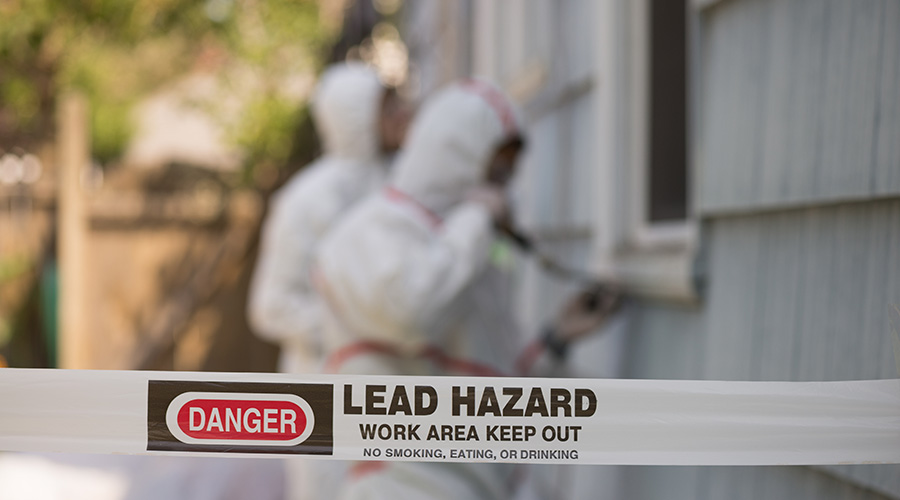 Managers used the results of facility condition assessments to develop capital improvement projects — including HVAC system upgrades — designed to improve conditions in schools.
Managers used the results of facility condition assessments to develop capital improvement projects — including HVAC system upgrades — designed to improve conditions in schools.Deferred Maintenance: Process for Performance
Managers used the results of facility condition assessments to develop capital improvement projects — including HVAC system upgrades — designed to improve conditions in schools.
Facilities continue to age, no matter how effective maintenance is, so the process of tackling deferred maintenance never ends. With the FCAs completed and the capital improvement plans in place, Acree and his team have developed new processes that have helped the department streamline operations in a number of ways.
“We’ve created new processes along the way to keep all information updated,” Acree says. “We use our work order system to track completed work and look out for failing equipment through constant repairs, which helps us plan for future projects.
“At the end of the year before we submit the next year’s work plan, we send it to each zone. We have three zones and one project crew through the maintenance department. So we send it to each one of the foremen. They meet with their technicians to verify that all the projects are still needed. If some of them have been covered under a work order, we’ll back them out.”
The system also enables the department to more effectively monitor and address any problems with the completed capital projects.
“We use the work order system to manage current projects, while storing project details and warranty information,” he says. “It also helps us track the age of completed projects, which enables us to set up preventive maintenance schedules to keep equipment running properly.”
Maybe the most important benefit of the new process is the improved department productivity that results from having a central location for data from all facilities and maintenance activities.
“We wanted accurate information and to make sure everyone is on the same page so we can schedule these projects accordingly,” Acree says. “Before, we’d get one technician who’d go out and say that everything needs to be replaced. After further investigation, you’d find out that that wasn’t the case.
“A boiler was said to be beyond repair, so we started scheduling to get it replaced. We brought in an outside company to service it and see what their thoughts were. It turns out it didn’t need to be replaced. It was just a simple part that needed to be changed out. So we wanted to be as accurate as possible in project tracking.”
Tracking activities in this way also enables managers and technicians communicate with each other more clearly, as well as detect trouble early.
“We can say, ‘Hey, this has been on here for three years. We’re continuing to see a problem, so let’s go out there and investigate it,” he says. “I also started getting reports sent to me that give me square footages to use in calculating costs for painting projects and flooring projects.
“These processes all come together to help us gather as much information as we can and be as accurate as we can. The process is bringing all our departments together. Before we were kind of split, so I was acting like a liaison to get input from multiple departments instead of all of us working in the same direction.
Perhaps the least surprising finding after all of the changes Acree and his team have made in recent years is that the process has no end.
“The only complication is that we were so far behind that the catch-up process has been tedious and tough, and we can’t get enough projects done within the year,” he says. “We still can’t catch up.”
Related Topics:














